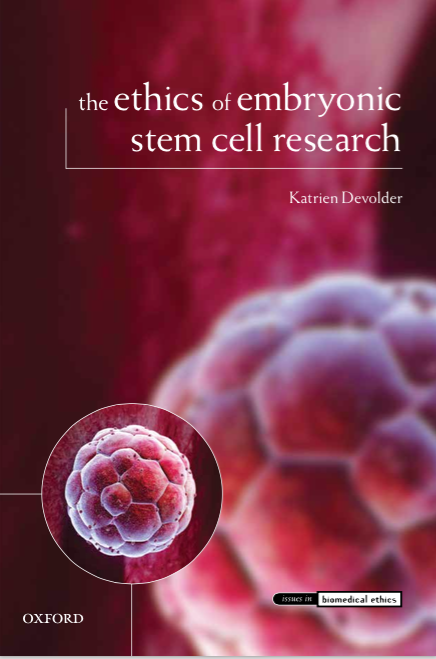In an article soon to be published in the Journal of Medical Ethics, Rob Sparrow imagines a procedure via which multiple generations of human embryos might be created in the laboratory. Egg and sperm cells would first be generated from existing or new human pluripotent stem cell lines. The resulting eggs would be fertilised using the sperm to create zygotes and ultimately embryos. Embryonic stem cells would then be harvested from these embryos and used to create new egg and sperm cells, which would in turn be used to fertilise one another to create further embryos. This process could be iterated, in principle indefinitely.
Let’s call this procedure ‘iterated in vitro reproduction’ (Sparrow calls it ‘in vitro eugenics’). Iterated in vitro reproduction is not yet possible, but, citing recent developments in the science of stem cell-derived gametes, Sparrow argues that it may well become so, though he acknowledges are number of significant hurdles to its development. He also discusses a number of possible applications of the technology and calls for an ethical debate on these. The most controversial application would be in the creation of designer children. Consider the following case, which is a variant on one of the scenarios imagined by Sparrow:
Jack and Jill present to a fertility clinic. Jack provides a sperm sample, and fertility doctors harvest a number of eggs from Jill. These eggs are fertilized with Jack’s sperm to create embryos, from which embryonic stem cells are derived. These stem cells are then induced to develop into eggs or sperm which are used to fertilise one another, and so on. The process is iterated numerous times, and at each stage, the embryos are genetically screened via pre-implantation genetic diagnosis. This screening is used to inform a process of selective crossing, so that, over several generations, the population of embryos evolves towards certain genetic dispositions desired by Jack and Jill (a disposition towards longevity, say). This process is aided by adding small amounts of genetic material from stem cell lines derived from other individuals. Eventually, doctors identify an embryo with almost exactly the desired combination of genes, and this embryo is implanted into Jill’s womb and carried to term. A child, Jarvis, is born.
Cases like this raise numerous ethical issues, some of which are discussed by Sparrow and the seven commentators on his paper. However, they also raise an interesting conceptual question: would the users of such a technology be the genetic parents of the resulting offspring? Would Jack and Jill be the genetic parents of Jarvis?
Read More »Iterated in vitro reproduction and genetic orphans

